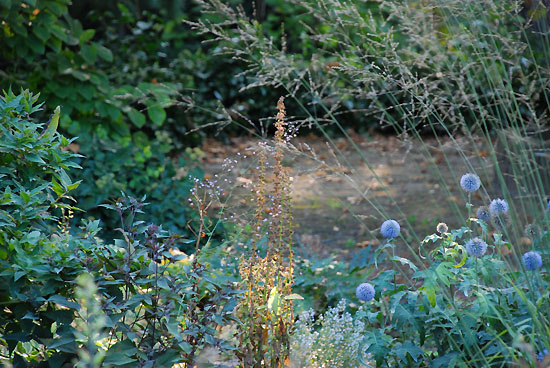
For example, this Lobelia sipilitica withered already a couple of weeks ago on a central place of the great upper bed.
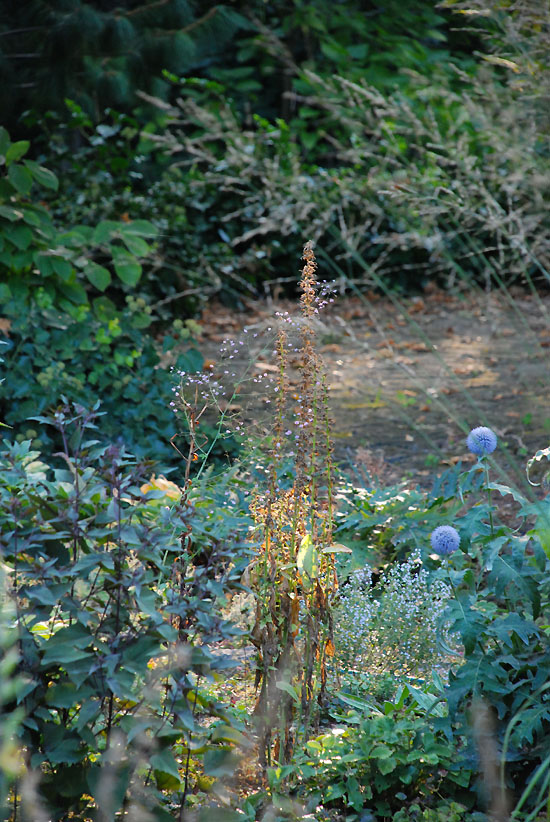
Nevertheless it fits nicely into the overall picture.
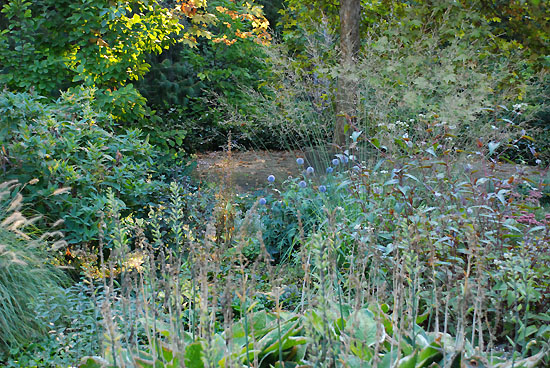
I was quite shocked when I first saw that in the beds designed by Piet Oudolf there was place for the withered flowers, too. In Oudolf’s beds these were always very nice.
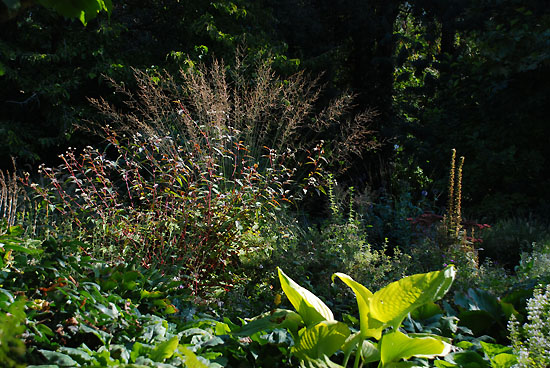
I tried it several times, but in my garden the withered flowers always looked ugly out of their context. However, a couple of years ago I realized an important trick. These flowers look beautiful in beds which are not built on strong colors, but on the complexity of forms.
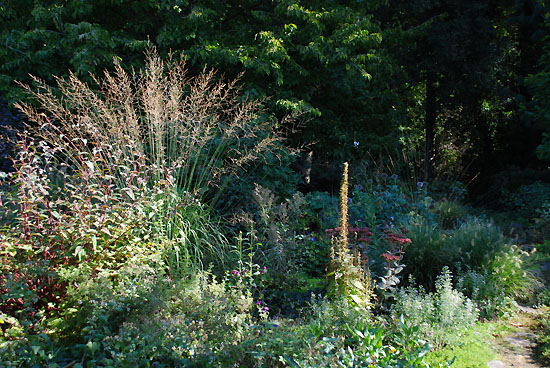

2 comments:
A perfect way to put it: not on color, but on complexity of form. Yes!
Thank you, dear James.
Post a Comment